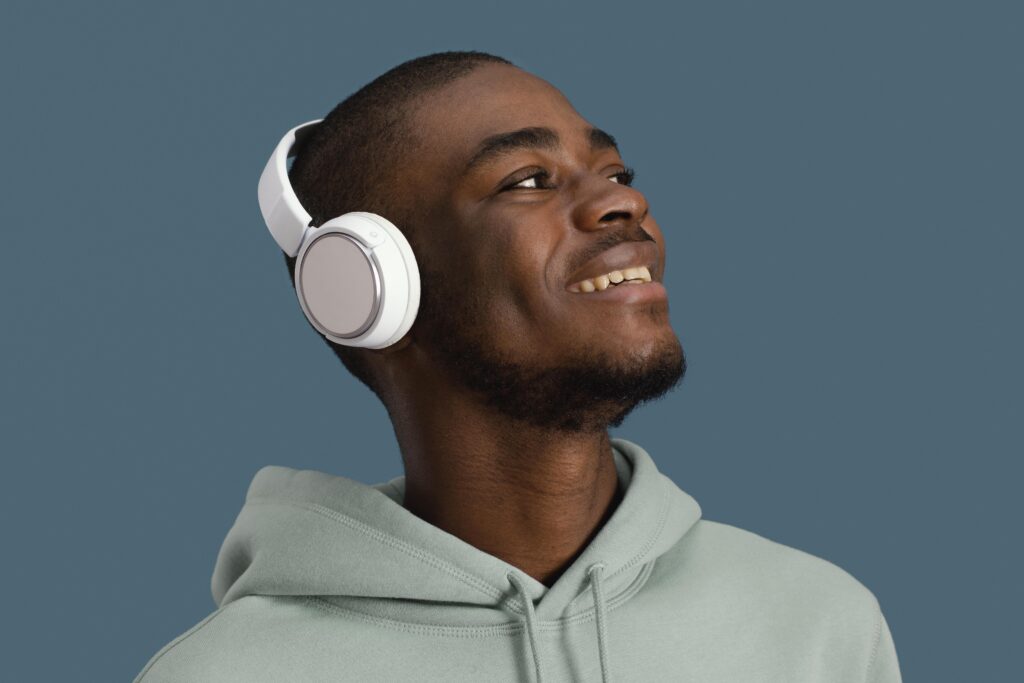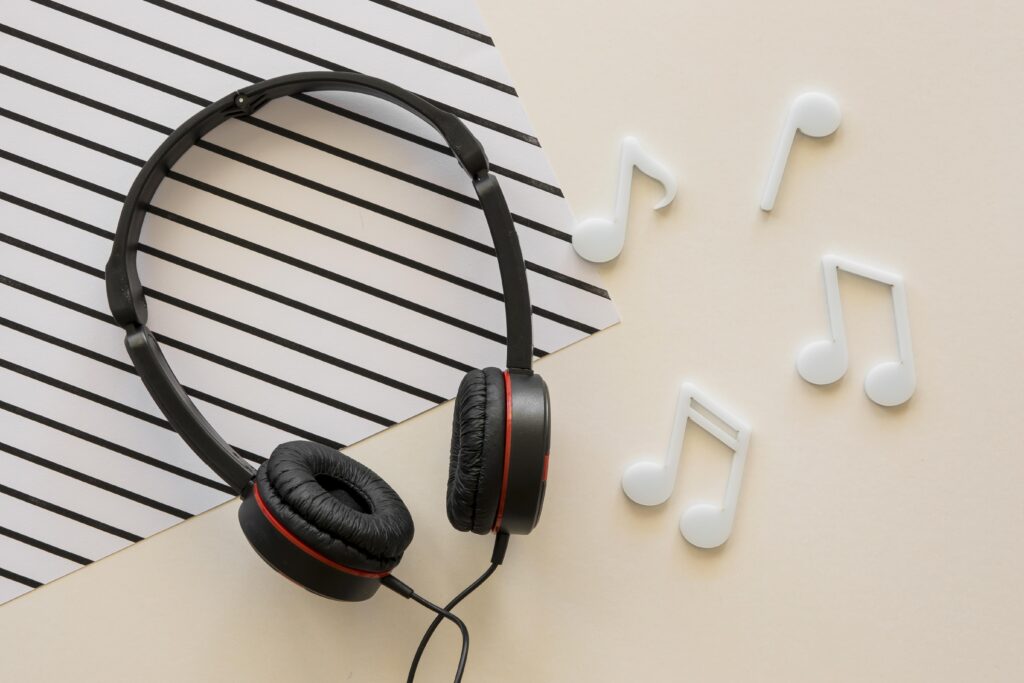
As technology continues to drive the world, headphones are rapidly finding their way into many parts of our lives. Headphones allow people to get the best of music, and sounds from other digital entities such as movies and video games. They also give room for convenient conversations from anywhere at any time. And in a world where nearly everyone is on the quest for convenience, it is safe to assume that these gadgets are not going away. But despite their ease of use and convenience, there are safety concerns about the use of headphones. There is such a thing as healthy use of headphones, particularly in the context of hearing impairment due to loud sounds. A study conducted in 2024 suggests that more than 1 billion young people are at risk of hearing loss due to the use of headphones and other listening devices.
But how does sound affect hearing?
The inner ear is made up of thousands of hairlike cells that are responsible for conducting sound for hearing. When sounds become too loud, it can cause irreversible damage to the hair cells, interrupting the process of sound transmission and causing hearing impairment. This impairment, known as noise-induced hearing loss (NIHL) can occur suddenly (in cases of exposure to extremely loud bursts of sound) or gradual. Put simply, just as too much light can blind, too loud sounds can deafen.
So how loud is too loud?
Sound is measured in units known as decibel (dB). Most headphones and other personal listening devices are tuned to a maximum volume of about 105 to 110 dB. To put things in context, the decibel ratings for some familiar sounds are as follows:
- Normal conversations: 60-70 dB
- Lawnmowers: 80-100 dB
- Sirens from ambulances and police vans: 110 – 129 dB
- Fireworks (popularly known as “knockouts” or “bangers” in Nigerian lingo): 140-169 dB.
Exposure to sound levels above 85 dB for more than two hours can cause ear damage, while exposure to sound levels between 105 to 110 dB for five minutes and beyond can also cause hearing impairment. In view of the foregoing, it stands to reason that since the maximum volume of most headphones is above the threshold at which hearing damage occurs, it is important to exercise caution while using these devices.

What can you do?
Admittedly, many people are not familiar with decibel ratings and may experience difficulty with keeping their sound volumes within healthy limits. Fortunately, there are easy and practical steps that can help you protect your ears as you enjoy your favourite music or podcast. Here are some of them:
- When you put your headphones in your hands or on a table and you can hear the sounds, then the volume is probably too high for you.
- As a rule of thumb, you should be able to hold a conversation with someone three feet away while having your headphones on. This however does not apply to noise canceling headphones.
- As much as possible, avoid turning the volumes above 60%.
- Some devices come with sound protection features that allow you to set maximum volume limits, add volume alerts and see a decibel counter in real time, as you use your headphones. Take advantage of these features if your devices have them.
Indeed, headphones have come to stay and their impacts on human health are becoming increasingly significant. It is therefore your responsibility to stay ahead of the curve by keeping sound volumes within safety limits and monitoring your hearing health. Ultimately, if you ever notice any abnormality with your hearing, ensure to see an otolaryngologist (Ear, Nose and Throat {ENT}) specialist.
Related post: Headphones Vs Earbuds: Are you Hurting Your Ears?
Remember to subscribe to our newsletter for more updates from us!









